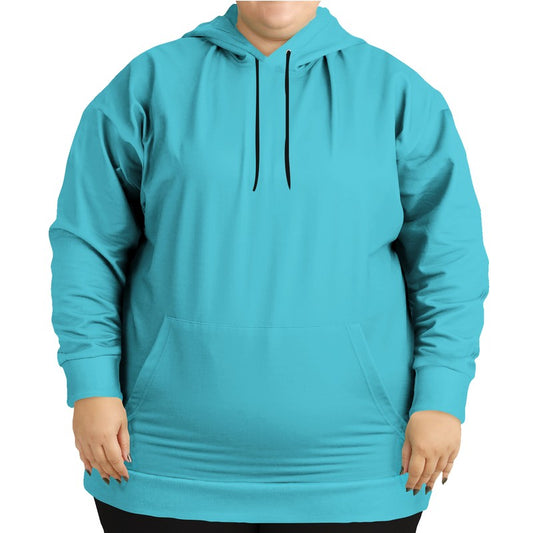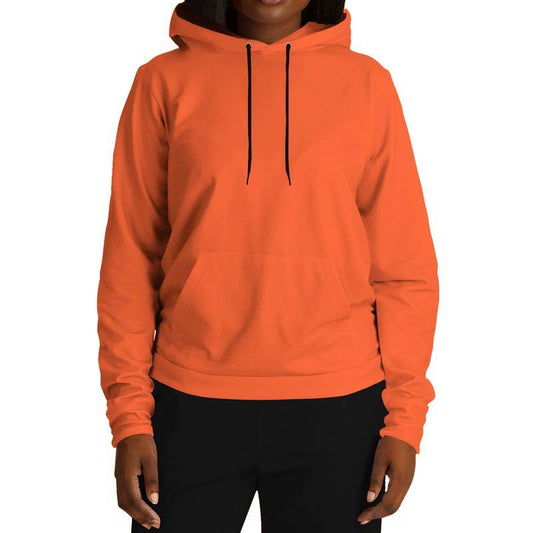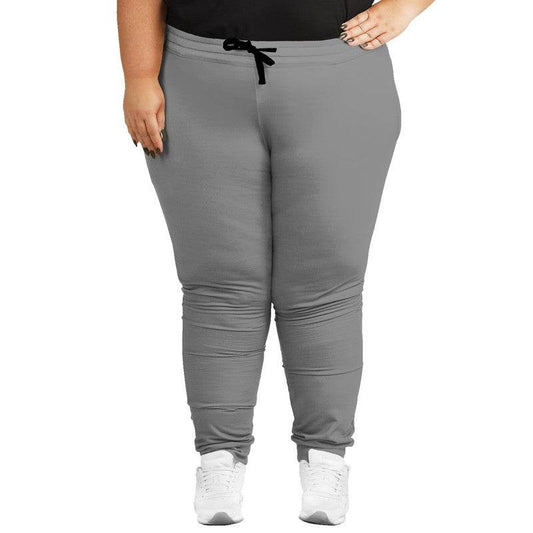
Chromophobia: a strong fear of colors. Why do Westerners fear color and why choosing only "neutrals" might be DANGEROUS?
Share
Have you ever noticed that generally westerners tend to wear more neutrals and blacks in their clothing choices? It's no secret that color has not always been a priority in western fashion. But why is this the case, why are we dismissing "too bright" outfits, and why should we think really seriously about incorporating more color into our wardrobes?
Firstly, How come other cultures wear more color?
Many other cultures, for example, Indian and African, have a long tradition of wearing bright and colorful clothing. Historically, the use of colorful fabrics in Indian and African clothing dates back centuries. Clothing were often used as a way to express cultural identity, social status, and even religious beliefs.
One of the main reasons why colorful clothing became popular in these cultures is due to the availability of natural dyes. In ancient times, people relied on natural resources such as fruits, flowers, and roots to dye fabrics. These natural dyes produced a wide range of vibrant colors, and thus, colorful clothing became an important part of these cultures.

India and Africa have a rich history of using natural resources to produce colorful dyes. Some of the materials that were available in these regions for producing colorful cloth dyes were:
- Indigo: Indigo is a plant that grows abundantly in tropical regions, including India and Africa. It produces a blue dye that was widely used in both regions.
- Henna: Henna is a plant that grows in hot, dry climates, such as in India and parts of Africa. It is used to produce a reddish-orange dye that is used for hair, skin, and clothing.
- Madder: Madder is a plant that grows in India and other parts of Asia. It produces a red dye that has been used for thousands of years.
- Kola nut: The kola nut is a fruit that grows in parts of Africa. It produces a brown dye that was used to color cloth.
- Turmeric: Turmeric is a spice that is widely used in Indian cuisine. It produces a bright yellow dye that has been used for thousands of years to dye clothing and textiles.
- Safflower: Safflower is a plant that is native to Africa and Asia. It produces a bright red dye that has been used in textiles and for medicinal purposes.
- Lac: Lac is a resin that is produced by insects that feed on certain trees in India and other parts of Southeast Asia. It produces a deep red dye that has been used for thousands of years.
- Pomegranate: Pomegranate is a fruit that is grown in many parts of India and other parts of Asia. It produces a yellow or orange dye that has been used for centuries.
- Mango leaves: Mango leaves are commonly used in India to produce a green dye.
- Annatto: Annatto is a plant that is native to South America and the Caribbean, but it has also been used for centuries in India and other parts of Asia. It produces a bright orange dye that has been used in textiles and for culinary purposes.
- Cutch: Cutch is a type of extract that is produced from the bark of a tree that is native to India and Southeast Asia. It produces a brown dye that has been used for centuries.
Roots and tradition
In Indian culture, for example, the use of colorful clothing is deeply rooted in tradition and is often associated with important life events such as weddings and festivals. The saree, a traditional Indian garment, is often made from brightly colored fabrics and is worn to celebrate these special occasions.
Similarly, in many African cultures, colorful clothing is often associated with identity and heritage. For example, the Kitenge fabric, a colorful and patterned fabric popular in East Africa, is often used to make dresses and other clothing items that serve as a symbol of cultural identity.

In addition, many Indian and African cultures consider bright colors to be auspicious and associated with good fortune, prosperity, and happiness. For example, in Indian culture, the color red is often associated with weddings, as it symbolizes love and prosperity. Similarly, in African cultures, the use of bright and bold colors in clothing is often seen as a way to celebrate life and to express joy and happiness.
How did the West miss out on color and its joys?

In Western cultures, colorful clothing was not as prevalent historically as it was in Indian and African cultures. One reason for this is that natural resources for producing bright and vibrant dyes were not as abundant in Western cultures as they were in other parts of the world.
However, this changed during the Renaissance period when trade with India and other parts of the world brought exotic and vibrant textiles to Europe. These textiles were highly sought after by European nobility, and the use of bright and colorful clothing became more prevalent in Western cultures. Brightly colored fabrics were expensive to buy or difficult to produce, so only the wealthy could afford to wear them.
However, this was short-lived..
Not so "neutral" after all
In the 17th century, the British East India Company traded brightly colored cotton textiles from India, which played a significant role in the African slave trade. To protect their market, the wool and silk guilds requested laws that prevented the sale of colorful cottons in England. The Calico Acts of 1700 and 1720 required the textiles to be exported again, often to English colonies in the Caribbean or Africa. European merchants took advantage of the demand for colorful textiles in places like West Africa, where cloth was used as currency for centuries. They traded these textiles for African slaves.

According to Michael Taussig, Australian anthropologist and professor at Columbia University, these trades are significant because "color achieved greater conquests than European-instigated violence during the preceding four centuries of the slave trade." The textiles were used by British traders to purchase slaves from African chiefs and kings, and ironically, many of these slaves were then put to work cultivating plants like indigo that yielded valuable dyes.
In the late 1800s and early 1900s, Western European countries shifted their focus from enslaving Africans to bringing them into the consumer market. By exploiting the chromophilic cultures of various regions and tying them together, Europeans built a highly profitable but exploitative economic system. They extracted resources, many of which were color-related, from colonies and traded them back to their subjects for profit.
Superiority and Savagery
Meanwhile, in Europe, bright colors were seen as a sign of degeneracy and inferiority, and a love of bright color marked one as uncivilized, lacking taste, and "foreign." In England, contemporaries referred to Indian textiles as "rags" or "trash" and scorned their bright colors. As Goethe famously stated, "Men in a state of nature, uncivilized nations, and children have a great fondness for colors in their utmost brightness."
Prejudice against color masks a fear of contamination and corruption by something unknown or unknowable, according to Batchelor. This prejudice continued into the early 20th century. Frank Parsons claimed in 1912 that "Many Latin races, still somewhat primitive in taste, need [red] to meet their temperaments," while J.C.F. Grumbine, a color psychologist in 1921, stressed that "The primary colors of red, yellow, and blue appealed to the elemental and simple minds of the savage."
This belief was often supported by pseudoscientific claims that "savage" people needed stronger stimulation because they had duller senses, which was also used to justify slavery.

As a result, "good taste" became linked to "quiet colors," or neutrals, while too much saturation was seen as a return to "savagery." Color preferences became a tool to label a person as "uncivilized" or inferior.
Collective chromophobia of Western societies
David Batchelor, an art theorist, has argued that color has been subjected to systematic marginalization, revulsion, degradation, and belittlement in the West, resulting in a collective fear of color known as chromophobia. Historically, in the Western mindset, being colorful meant being a 'savage,' thus the fear of color was born.

The cultural preference for neutral colors is not a neutral choice after all, but rather reflects deeper historical and cultural biases, tightly linked to discrimination.
Generally, we accept bright colors in moderation, but too much can be overwhelming or tacky. For example, a bright pink tie with a gray suit is fashionable, but a bright pink suit with a gray tie is seen as eccentric. This desire for control over color is a part of chromophobia, which not only seeks to eliminate color but also to dominate its power. We follow rules for using color, such as limiting its quantity or avoiding certain symbolic associations, such as painting a dining room blue, which is thought to suppress appetite.
Why should we start incorporating more COLOR into our wardrobes?
Saying that "choosing only neutrals might be dangerous" is obviously an overstatement. There is nothing dangerous about neutral colors, in fact, neutral colors are as beautiful as any.
But there is danger in discriminating against other colors, especially bright colors. Studies show that young children are naturally drawn to bright, bold colors, but that this preference is suppressed as they grow older and are socialized into Western cultural norms.
Many non-Western cultures have a rich tradition of using color in their art, fashion, and daily lives, and these colors are often associated with joy, celebration, and spirituality. However, Western societies have historically dismissed these traditions as primitive or uncivilized, and have attempted to impose their own aesthetic values on these cultures.
By understanding the historical and cultural roots of chromophobia, we can begin to challenge these biases, fall in love with the diversity of color in all its forms, and ultimately work towards reducing societal division.

What now?
Thanks for reading! I hope you enjoyed and feel as positively shocked as I felt when I first found out about the history behind "neutral" color bias in the West. I’ll leave you with these open-ended ideas and questions.
You can #LiberateColors by taking a step back and looking at colors with fresh eyes. Be honest! First with yourself. Are bright colors really so ugly and unacceptable to wear? Or are you completely under the influence of hard-wired cultural biases? Do you want to be? What would you wear, if colors meant sophistication and celebration in your mindset?



 https://qolord.com
https://qolord.com




















1 comment
I love color but it’s frustrating that once I find a color I really like, it is difficult to find that color again for several years… in a western location.